Fabio Fontanot
Galaxy assembly and evolution in the P-Millennium simulation: Galaxy clustering
Fontanot, Fabio; De Lucia, Gabriella; Xie, Lizhi; Hirschmann, Michaela; Baugh, Carlton; Helly, John C.
Authors
Gabriella De Lucia
Lizhi Xie
Michaela Hirschmann
Professor Carlton Baugh c.m.baugh@durham.ac.uk
Director of the Institute for Computational Cosmology
John C. Helly
Abstract
We present the results from the latest version of the GAlaxy Evolution and Assembly (GAEA) theoretical model of galaxy formation coupled with merger trees extracted from the Planck Millennium Simulation (PMS). With respect to the Millennium Simulation, typically adopted in our previous work, the PMS provides a better mass resolution (∼10<sup>8</sup> h<sup>-1</sup> M<inf>⊙</inf>), a larger volume (800<sup>3</sup> Mpc<sup>3</sup>), and assumes cosmological parameters consistent with latest results from the Planck mission. The model includes, at the same time, a treatment for the partition of cold gas into atomic and molecular (H<inf>2</inf>) components; a better treatment for environmental processes acting on satellite galaxies; an updated modelling of cold gas accretion on supermassive black holes, leading to the phenomenon of active galactic nuclei (AGN) and relative feedback on the host galaxy. We compare GAEA predictions based on the PMS, with model realizations based on other simulations in the Millennium Suite at different resolution, showing that the new model provides a remarkable consistency for most statistical properties of galaxy populations. We interpret this as being due to the interplay between AGN feedback and H<inf>2</inf>-based SFR (both acting as regulators of the cold gas content of model galaxies), as model versions considering only one of the two mechanisms do not show the same level of consistency. We then compare model predictions with available data for the galaxy two-point correlation function (2pCF) in the redshift range 0 < z ≤ 3. We show that GAEA runs correctly recover the main dependences of the 2pCF as a function of stellar mass (M<inf>∗</inf>), star formation activity, HI-content, and redshift for M<inf>∗</inf> > 10<sup>9</sup> M<inf>⊙</inf> galaxies. These results suggest that our model correctly captures both the distribution of galaxy populations in the large-scale structure and the interplay between the main physical processes regulating their baryonic content, both for central and satellite galaxies. The model predicts a small redshift evolution of the clustering amplitude that results in an overprediction of z ∼ 3 clustering strength with respect to the available estimates, but is still consistent with data within 1σuncertainties.
Citation
Fontanot, F., De Lucia, G., Xie, L., Hirschmann, M., Baugh, C., & Helly, J. C. (2025). Galaxy assembly and evolution in the P-Millennium simulation: Galaxy clustering. Astronomy & Astrophysics, 699, Article A108. https://doi.org/10.1051/0004-6361/202452029
| Journal Article Type | Article |
|---|---|
| Acceptance Date | May 9, 2025 |
| Online Publication Date | Jul 1, 2025 |
| Publication Date | Jul 1, 2025 |
| Deposit Date | Jul 14, 2025 |
| Publicly Available Date | Jul 14, 2025 |
| Journal | Astronomy and Astrophysics |
| Print ISSN | 0004-6361 |
| Electronic ISSN | 1432-0746 |
| Publisher | EDP Sciences |
| Peer Reviewed | Peer Reviewed |
| Volume | 699 |
| Article Number | A108 |
| DOI | https://doi.org/10.1051/0004-6361/202452029 |
| Public URL | https://durham-repository.worktribe.com/output/4265395 |
Files
Published Journal Article
(1.5 Mb)
PDF
Publisher Licence URL
http://creativecommons.org/licenses/by/4.0/
You might also like
Euclid: I. Overview of the Euclid mission
(2025)
Journal Article
Predictions for the abundance and clustering of Hα emitting galaxies
(2024)
Journal Article
Downloadable Citations
About Durham Research Online (DRO)
Administrator e-mail: dro.admin@durham.ac.uk
This application uses the following open-source libraries:
SheetJS Community Edition
Apache License Version 2.0 (http://www.apache.org/licenses/)
PDF.js
Apache License Version 2.0 (http://www.apache.org/licenses/)
Font Awesome
SIL OFL 1.1 (http://scripts.sil.org/OFL)
MIT License (http://opensource.org/licenses/mit-license.html)
CC BY 3.0 ( http://creativecommons.org/licenses/by/3.0/)
Powered by Worktribe © 2025
Advanced Search
